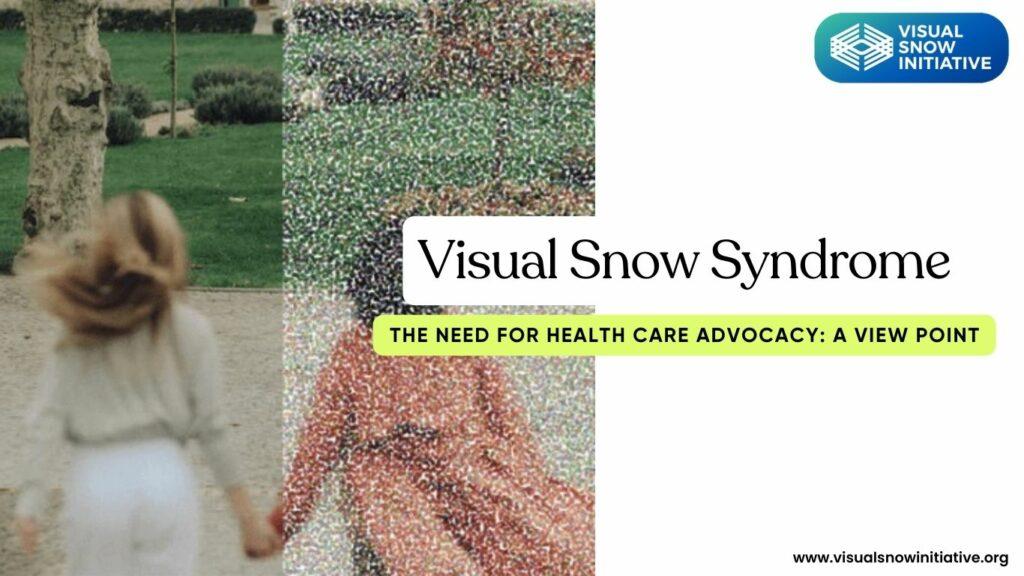Kenneth J. Ciuffreda, OD, PhD • SUNY College of Optometry • New York, New York
Daniella Rutner, OD, MS, MBA • SUNY College of Optometry • New York, New York
Visual snow syndrome (VSS) is a relatively new neurological condition, first identified in 1995. Its key visual symptom is the presence of a pixelated overlay of “dots,” known as dynamic visual noise, perceived to be in front of the entire visual field—the “visual snow” (VS; see Figure 1). This creates conflicting and competing visual information across two depth planes (see Figure 2). Visual snow can manifest as chromatic/achromatic and may be constant or transient in nature. Interestingly, it was initially observed in 1944 as a side effect of the medication digitalis, used for heart ailments. Recent studies suggest that visual snow is present in approximately 3.7% of the UK population. Related to VS is the more encompassing and abnormal condition of VSS, in which one reports VS and a constellation of other primary visual symptoms that may include palinopsia, photosensitivity, enhanced entoptic imagery, and impaired night vision or “nyctalopia.” Patients may also report other possible secondary visual (e.g., photopsia) and non-visual (e.g., balance problems, tinnitus, and tremor) symptoms.Thus, VSS includes a wide range of sensory, motor, and perceptual abnormalities affecting multiple modalities. It has been reported to be found in 2.2% of the UK population.
The relatively high frequency of occurrence of VS and VSS is similar to that of other important and well-recognized abnormal visual conditions, such as amblyopia (~2%) and strabismus (~5%).7 Thus, VS and VSS are prevalent neuro-visual, medical conditions having important public health and health care economics ramifications. If this is true, then why do they require health care advocacy? There are many reasons.8,9 First, there are those practitioners who deny that the conditions even exist. This places such patients in a defensive mode following a discussion and possible resultant confrontation with their doctor. Second, there are some doctors who have misdiagnosed these conditions. Third, and related to the above, there are many doctors who do not understand the conditions and thus may not consider them in the differential diagnosis. Fourth, and also related to the above, VSS is a complex neurological entity presenting with many seemingly unrelated symptoms, such as VS, balance problems, tinnitus, and photosensitivity, which may create confusion in the diagnosis, despite the fact that few conditions have this specific constellation of symptoms.


